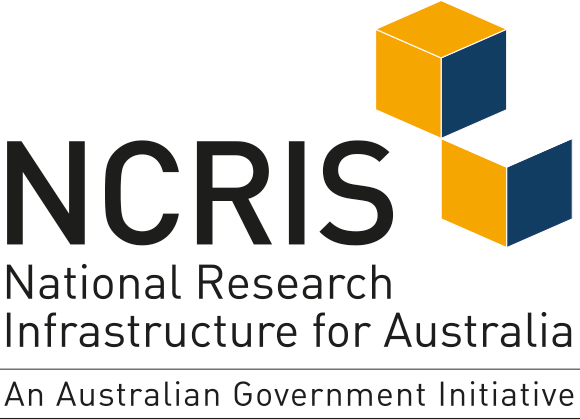Agricultural research software should be findable, accessible, interoperable and reusable (FAIR).
What is research software?
Research sofware is software created for working with research data. Examples are
- scripts to visualise datasets
- tools to analyse data
- tools to manage, modify or otherwise handle research data
For more information, please see the ARDC's Working With Research Software.
Why should research software be FAIR?
Research software is a digital assets similar to, but not the same as data, and is part of the FAIR ecosystem. There are several resons why it makes sense to make research software FAIR:
- digital components of a research project must be available to allow reproducibility, reusabitlity and transparency
- could be a project requirement for all digital objects
- could be required by the institutional Research Data Management (RDM)
- provides the ability to link research resources together, such as data, publiction, organisations, funders, project information
Recommended reading: Five Recommendations for FAIR Software.
How to make your research software FAIR
Select a suitable data access licence
Creative Commons (CC) licences are preferred, though an open source software license may be more appropriate. However other licences may be used as long as a link to the licence deed is included in the metadata. Ideally, a licence file should be included with the source code repository, and the online software hosting platform (for example GitHub) generally offers assistance with license options.
Create metadata
The metadata format will depend on the type of repository selected, but should include information such as the software title, version, description, author/s, license, citation, permanent identifier, related research objects (publication, organisation, project, dataset/s) and keywords, as well as any other pertinent information.
Add your dataset to a public repository
Your software should be available for download from a public repository. This can be a general research repository such as Zenodo or Figshare, and the choice may be influenced by institutional or project requirements. Alternatively, a repository system that supports versioning and multiple contributors may be used, such as GitHub, Bitbucket or similar.
A release should be accompanied by a readme file, a license file and citation information (for example, a citation.cff file).
Create a permanent identifier
To facilitate discovery and citation, the software should be accessible via a permanent identifier, such as a DOI, PURL or handle. Some repositories provide one of these identifiers, However, if the source code is maintained in an online software platform such as GitHub, it is possible to create DOIs for releases through integration with Zenodo or Figshare.
Ensure that the DOI is included in the metadata record, and in the citation file in the repository.

